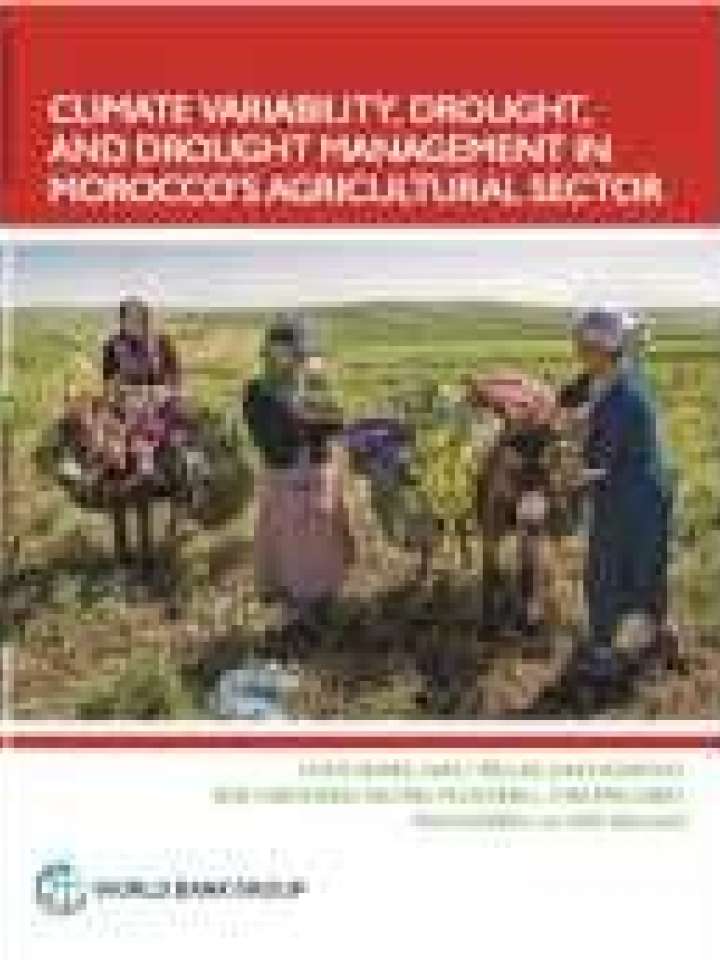Climate variability, drought, and drought management in Morocco's agricultural sector
Droughts in Morocco are increasing in frequency and intensity. Associated with global climate change, this trend will likely be more evident in the future. Drought damage to the agricultural sector affects both rural livelihoods and the national economy as a whole. This report examines drought and climate variability impacts on agricultural and livestock activities in Morocco. It relies on original research on the citrus and olive value chains, which are both priorities in the government’s current agricultural strategy, known as the “Green Plan” or Plan Maroc Vert (PMV). The report also considers drought impacts on cereal production, traces the government’s efforts to address drought, and suggests actions to strengthen these efforts. Long-term climate change is making Morocco, which already faces rural water scarcity, more vulnerable to extreme weather events.
Recurrent atmospheric climate events, known as teleconnections, such as the El Niño Southern Oscillation (ENSO), may further exacerbate this situation. This study finds that ENSO had limited impacts on the 2015–2016 droughts in Morocco, but other teleconnections,specifically the North Atlantic Oscillation (NAO) and the Mediterranean Oscillation (MO), had greater impacts. Increased climate variability leads to stronger droughts, which adversely affect livestock and rainfed crops. Moreover, Morocco’s average temperatures are rising and rainfall is becoming more sporadic, both affecting certain parts of the country more than others.
Agriculture and agribusiness activities generate over 30 percent of employment in Morocco. The agricultural sector also produces 20 percent of GDP and 35 percent of exports. Rain-fed crops, like wheat, are critical for domestic food security and livestock survival, but are also most affected by climate variability. As such, increasing droughts represent a “contingent liability” for the Moroccan economy. This impacts Morocco’s trade balance as agricultural exports fall and food and fodder imports rise to meet increased domestic demand. This report suggests further drought management actions. Currently, the government is carrying out important monitoring and crop insurance programs, but more can be done to share information and strengthen inter-governmental and interagency coordination, especially with governments at the river basin level.
Explore further
